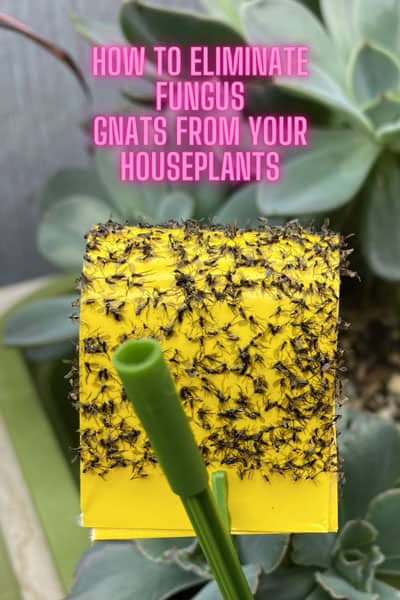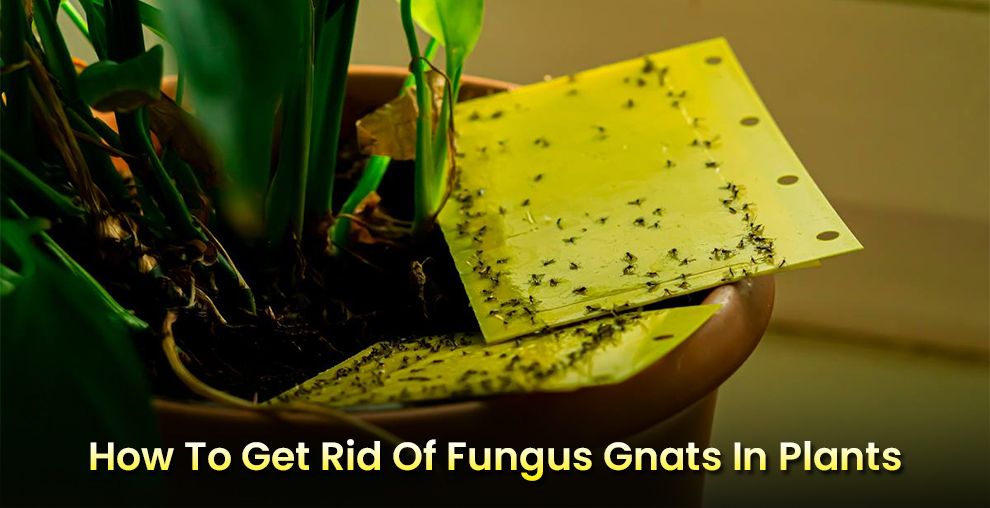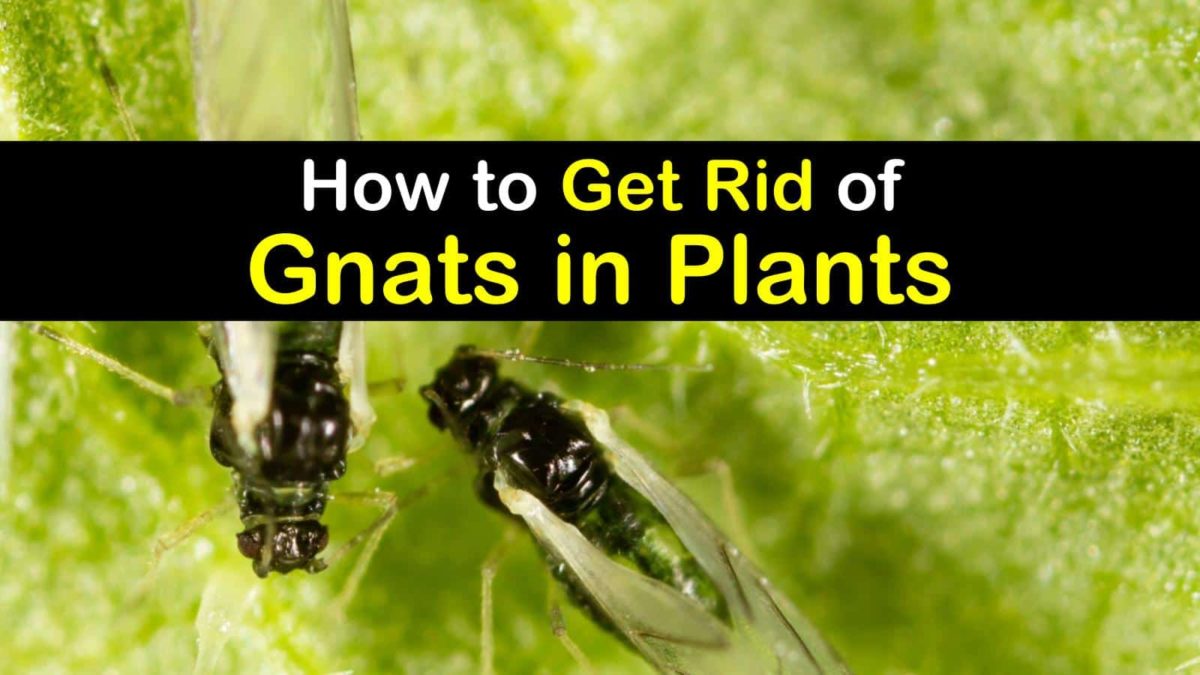Understanding the Gnat Infestation Problem
Fungus gnats are a common issue for indoor plant enthusiasts, causing frustration and concern for the health of their plants. These tiny flying insects thrive in moist environments, making overwatered plants an ideal breeding ground. The signs of a gnat infestation can be subtle, but it’s essential to recognize them early on to prevent further damage. Look out for tiny flying insects hovering around the soil, eggs, and larvae in the soil, and yellowing or droopy leaves.
Gnats can be introduced to indoor plants through contaminated potting mix, poor soil quality, or infested plants. Once they infest a plant, they can quickly multiply, laying hundreds of eggs in the soil. The larvae feed on fungi, algae, and plant roots, causing damage to the plant’s health. If left unchecked, gnat infestations can lead to root rot, nutrient deficiencies, and even plant death.
To get rid of gnats, it’s crucial to understand the root cause of the infestation. Overwatering is a common culprit, as it creates an ideal environment for gnats to thrive. Check the soil moisture by sticking your finger into the soil up to the first knuckle. If the soil feels wet, wait a few days before watering again. Also, inspect the plant’s roots for signs of rot or damage.
By recognizing the signs of a gnat infestation and understanding the root cause, you can take the first step towards eliminating these pesky insects from your indoor plants. In the next section, we’ll explore how to identify the source of the infestation and provide tips on how to inspect plants and soil for signs of gnats.
How to Identify the Source of the Infestation
Identifying the source of the gnat infestation is crucial to effectively eliminating these pests from your indoor plants. Overwatering is a common culprit, as it creates an ideal environment for gnats to thrive. To determine if overwatering is the cause, check the soil moisture by sticking your finger into the soil up to the first knuckle. If the soil feels wet, wait a few days before watering again.
Poor soil quality is another common source of gnat infestations. If the potting mix is old or of poor quality, it may be harboring fungus and algae that attract gnats. Consider repotting your plant in fresh, well-draining potting mix to reduce the risk of gnat infestations.
Contaminated potting mix is also a common source of gnat infestations. If you’ve recently purchased potting mix, check the ingredients and look for any signs of contamination. Some potting mixes may contain fungus or algae that can attract gnats.
To inspect your plants and soil for signs of gnats, start by examining the soil surface. Look for tiny flying insects, eggs, and larvae in the soil. Check the plant’s roots for signs of rot or damage. Also, inspect the plant’s leaves for yellowing or droopy leaves, which can be a sign of gnat infestation.
By identifying the source of the infestation, you can take targeted steps to eliminate the gnats and prevent future infestations. In the next section, we’ll explore natural methods to get rid of gnats, including using neem oil, insecticidal soap, and hydrogen peroxide.
https://www.youtube.com/watch?v=_3BAW3x3574
Natural Methods to Get Rid of Gnats
When it comes to getting rid of gnats, there are several natural methods that can be effective without using chemical insecticides. One of the most popular methods is using neem oil, a natural insecticide that can be used to control a wide range of pests, including gnats. To use neem oil, mix it with water according to the label instructions and spray it on the soil and plants. This will help to kill the gnats and prevent them from laying eggs.
Another natural method is using insecticidal soap, a mild and non-toxic pesticide that can be used to control gnats. Insecticidal soap works by breaking down the insect’s exoskeleton and dehydrating them. To use insecticidal soap, mix it with water according to the label instructions and spray it on the soil and plants.
Hydrogen peroxide is also a natural method that can be used to get rid of gnats. Hydrogen peroxide is a natural fungicide that can help to kill the fungus that gnats feed on. To use hydrogen peroxide, mix it with water according to the label instructions and spray it on the soil and plants. This will help to kill the gnats and prevent them from laying eggs.
When using these natural methods, it’s essential to follow the instructions carefully and take necessary precautions to avoid harming the plants. It’s also important to note that these methods may not be as effective as chemical insecticides, and it may take some time to see results.
In addition to these natural methods, there are also some cultural controls that can be used to prevent gnat infestations. By adjusting plant care practices, such as proper watering, fertilization, and pruning techniques, you can help to prevent gnats from infesting your plants. In the next section, we’ll explore these cultural controls in more detail.
Chemical Controls: Using Insecticides to Kill Gnats
While natural methods can be effective in controlling gnat infestations, chemical insecticides can provide a more rapid and effective solution. Pyrethrin sprays and permethrin are two common insecticides used to control gnats. These products work by killing gnats on contact and can be applied directly to the soil and plants.
When using chemical insecticides, it’s essential to follow the instructions carefully and take necessary precautions to avoid harming the plants. Always read the label and follow the recommended application rates and safety guidelines. It’s also important to note that chemical insecticides can have negative effects on beneficial insects and the environment, so use them judiciously and only when necessary.
Pyrethrin sprays are a popular choice for controlling gnats because they are relatively safe for plants and can be used on a wide range of crops. Permethrin, on the other hand, is a more potent insecticide that can be used to control severe gnat infestations. However, permethrin can be toxic to bees and other beneficial insects, so use it with caution.
When using chemical insecticides, it’s also important to consider the potential for resistance. Gnats can develop resistance to insecticides over time, making them less effective. To minimize the risk of resistance, use a combination of insecticides and rotate them regularly.
In addition to chemical insecticides, cultural controls can also play an important role in preventing gnat infestations. By adjusting plant care practices, such as proper watering, fertilization, and pruning techniques, you can help to prevent gnats from infesting your plants. In the next section, we’ll explore these cultural controls in more detail.
Cultural Controls: Adjusting Plant Care to Prevent Gnats
Preventing gnat infestations requires a combination of good plant care practices and a thorough understanding of the conditions that attract these pests. One of the most effective ways to prevent gnats is to ensure good air circulation around your plants. Gnats thrive in humid environments, so keeping the air circulating can help to prevent them from multiplying.
Proper watering is also essential to preventing gnat infestations. Overwatering can create an ideal environment for gnats to thrive, so make sure to water your plants carefully and avoid getting water on the leaves or crown of the plant. Allow the soil to dry slightly between waterings, and avoid watering during the hottest part of the day.
Fertilization is another important aspect of plant care that can help to prevent gnat infestations. Avoid overfertilizing, as this can create an excess of nutrients that can attract gnats. Instead, use a balanced fertilizer that is specifically formulated for indoor plants, and follow the instructions carefully.
Pruning is also an effective way to prevent gnat infestations. Remove any dead or dying leaves or stems, as these can provide a food source for gnats. Prune your plants regularly to maintain their shape and promote healthy growth.
Soil quality is also crucial to preventing gnat infestations. Use a high-quality potting mix that is specifically designed for indoor plants, and avoid using garden soil from your outdoor garden. Garden soil can contain fungus and other microorganisms that can attract gnats.
By adjusting your plant care practices and creating an environment that is less conducive to gnat infestations, you can help to prevent these pests from taking over your indoor plants. In the next section, we’ll explore additional methods for controlling gnats, including traps and barriers.
Traps and Barriers: Additional Methods to Control Gnats
In addition to the methods mentioned earlier, there are several other ways to control gnat infestations. One effective method is to use sticky traps, which can be placed near the affected plants to capture adult gnats. These traps are coated with a sticky substance that traps the gnats, preventing them from flying away.
Yellow traps are another type of trap that can be used to control gnats. These traps are made of a yellow plastic or cardboard material that is coated with a sticky substance. Gnats are attracted to the color yellow and will fly towards the trap, where they will become stuck.
Fine-mesh screens can also be used to prevent gnats from reaching plants. These screens can be placed over the soil or around the plants to prevent gnats from flying in. The mesh is fine enough to keep gnats out, but still allows for air circulation and light to reach the plants.
DIY methods can also be used to create traps and barriers. For example, a homemade sticky trap can be made by coating a piece of cardboard with a sticky substance, such as honey or corn syrup. This trap can be placed near the affected plants to capture adult gnats.
Another DIY method is to use a fine-mesh screen to cover the soil. This can be done by placing a piece of fine-mesh screen over the soil and securing it with rocks or weights. This will prevent gnats from flying in and laying eggs in the soil.
By using these additional methods, you can help to control gnat infestations and prevent them from taking over your indoor plants. In the next section, we’ll discuss the importance of ongoing monitoring and maintenance to prevent re-infestation.
Preventing Re-Infestation: Long-Term Gnat Control Strategies
Preventing re-infestation is crucial to maintaining a gnat-free indoor garden. Regular monitoring and maintenance are essential to preventing gnats from returning. Here are some long-term gnat control strategies to help you keep your indoor plants gnat-free:
Regular Soil Inspections: Regularly inspect the soil for signs of gnats, such as eggs, larvae, or adult gnats. Check the soil moisture and adjust your watering schedule accordingly.
Repotting: Repot your plants every 6-12 months to refresh the soil and prevent the buildup of gnat eggs and larvae. Use a well-draining potting mix and avoid overwatering.
Quarantine Procedures: Quarantine new plants before introducing them to your indoor garden. Inspect the plants for signs of gnats and treat them with insecticidal soap or neem oil if necessary.
Good Sanitation Practices: Maintain good sanitation practices, such as disposing of dead or dying plants, and cleaning your gardening tools regularly.
Biological Controls: Consider using biological controls, such as beneficial nematodes or predatory mites, to control gnat populations.
By implementing these long-term gnat control strategies, you can prevent re-infestation and maintain a healthy, gnat-free indoor garden. In the next section, we’ll discuss common products that can help you get rid of gnats.
Common Products to Help You Get Rid of Gnats
There are several products available on the market that can help you get rid of gnats. Here are a few examples:
Mosquito Bits: Mosquito Bits are a popular product for controlling gnats. They contain a natural insecticide called Bacillus thuringiensis israelensis (Bti), which is toxic to gnats. Simply sprinkle the bits on the soil surface and water as usual.
Gnatrol: Gnatrol is another product that can be used to control gnats. It contains a natural insecticide called Beauveria bassiana, which is toxic to gnats. Simply mix the product with water according to the instructions and spray it on the soil and plants.
Neem Oil: Neem oil is a natural insecticide that can be used to control gnats. It works by disrupting the gnat’s hormone system, preventing them from reproducing. Simply mix the neem oil with water according to the instructions and spray it on the soil and plants.
Insecticidal Soap: Insecticidal soap is a mild pesticide that can be used to control gnats. It works by breaking down the gnat’s exoskeleton and dehydrating them. Simply mix the soap with water according to the instructions and spray it on the soil and plants.
By using these products, you can help to get rid of gnats and prevent them from coming back. Remember to always follow the instructions carefully and take necessary precautions to avoid harming your plants.


:max_bytes(150000):strip_icc()/5-aa0a1c1abdd643e39f8c4b0c5dee0a4b.jpg)





